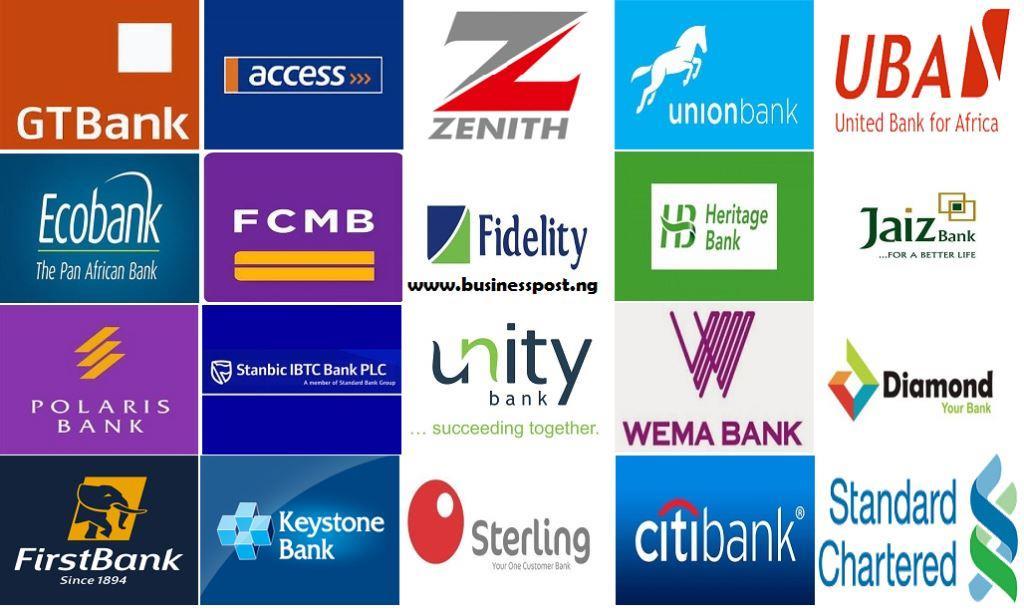The Central Bank of Nigeria (CBN) has categorised seven Deposit Money Banks (DMBs) as Domestic Systemically Important Banks (D-SIBs).
D-SIB is a term used for banks that are believed to be too big to fail and if they plunge into crisis, government is expected to support them because of their importance to the economy and the wrong signal they could send to foreign investors.
On Thursday, the central bank released its Financial Stability Report for the 2018 financial year and the CBN said during the review period, seven banks were categorised as D-SIBs.
The report explained that the banks were selected based on the D-SIB supervisory framework, given their size, interconnectedness, substitutability and complexity.
According to the apex bank, the D-SIBs accounted for 63.80 percent of the industry total assets of N35.10 trillion and 65.23 percent of the industry total deposit of N21.73 trillion as well as 66.00 percent of the industry total loans of N15.34 trillion.
“The examination revealed that the D-SIBs were largely in compliance with the regulatory requirements, including capital adequacy and liquidity ratios,” the report said.
It said further that the average CAR for the D-SIBs stood at 19.82 percent, while liquidity ratio stood at 46.29 percent. There was an improvement in non-performing loans ratio from 11.31 percent at end-June 2018 to 9.82 percent at end December 2018.
Though the seven banks were not mentioned by the CBN, Business Post reports that five of the 24 banks in Nigeria are in the tier-one category and they are Zenith Bank, Access Bank, GTBank, UBA and First Bank, which were term the ZAGUF Banks.
Also, the report released by Director in charge of Financial Policy and Regulation Department at the CBN, Mr Kevin Amugo, further stated that seven commercial banks failed the CBN stress test, indicating that their funding positions were inadequate. Like in the first cast, the identities of these lenders were not revealed in the document obtained by Business Post.

In addition, the report said the CBN and NDIC carried out the examination of banks with composite risk ratings of ‘High’ and ‘Above Average’ and the three financial holding companies during the second half of 2018.
It said the outcome of the examination showed that the composite risk rating of two banks improved from ‘Above Average’ to ‘Moderate’, while one bank improved from ‘High’ to ‘Above Average’, adding that the examination of banks with composite risk rating of ‘Moderate’ and ‘Low’ was also conducted between October and November 2018.
Source: businesspost





